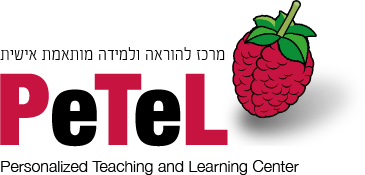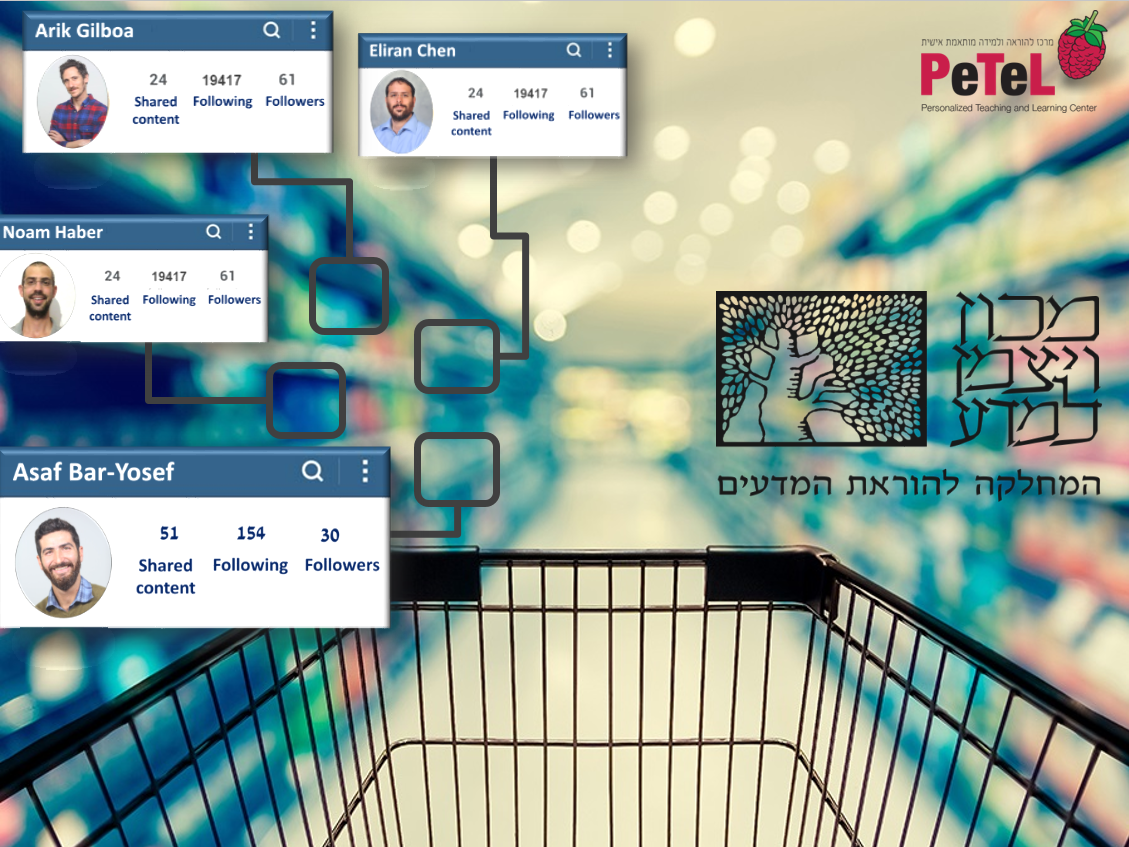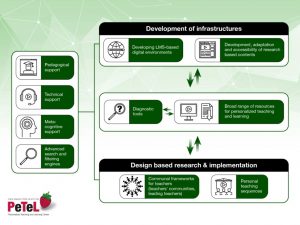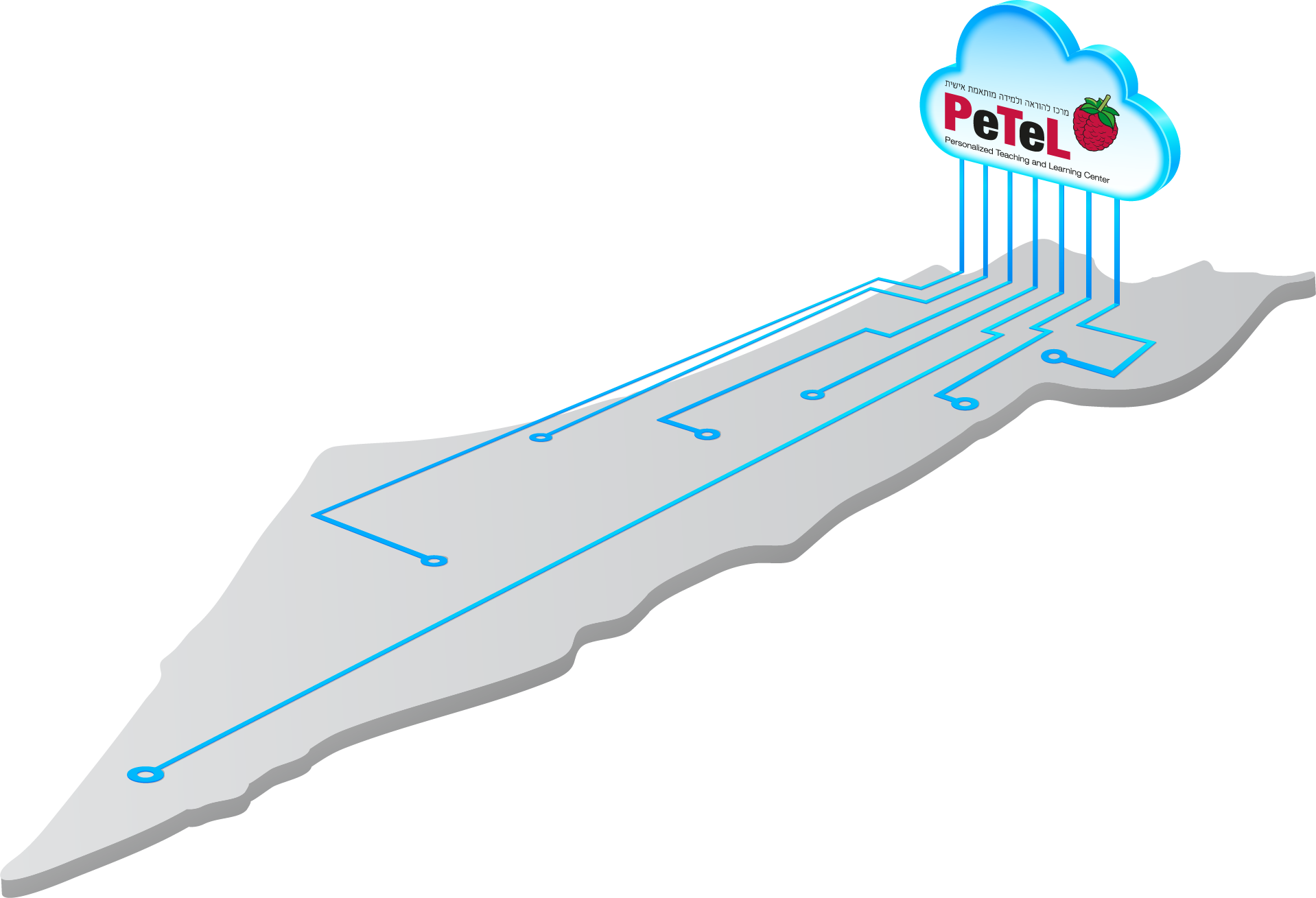
PeTeL: Personalized Teaching and Learning Center
The Weizmann Institute’s Department of Science Teaching has created a new technology-based paradigm for effective science and math teaching and learning within a resource-intensive digital work environment. The new, interactive system is called PeTeL, which is short for Personalized Teaching and Learning.
The heart of the PeTeL platform is a Learning Management System (LMS) which supports the design of personalized learning sequences, tracks the performance of individual students, and even apportions and grades digital homework. The PeTeL system allows classroom teachers to verify what their students know, and how well lessons have been understood, through the use of diagnostic modules developed by experts in the Weizmann Institute Department of Science Teaching.
With PeTeL, teachers can browse through a Web-based environment offering a range of digital textbooks, resources and interactive activities, as well as teaching sequences uploaded by other teachers. Just like an online shopping site, teachers can select the resources that best fit their needs and preferences, then design a customized learning experience by modifying the items they choose. Delivered directly to the students via PeTeL’s networked, digital platform, class assignments are completed by the students on individually-held electronic devices (I-Pads or laptops). The PeTeL system makes it possible to track the performance of individual students, provide real-time feedback, and improve individual learning outcomes, within a heterogeneous classroom environment.
Empowering teaching and learning communities

The PeTeL system is envisioned as the basis of an empowered teaching and learning community. Instructors will use PeTeL to search for activities and lesson plans, and to seek advice from more experienced teachers. They can share their classroom success stories and upload original learning materials. Every time a teacher shares, it becomes available to every member of the community, making PeTeL an engine for producing more varied and effective classroom experiences, reaching more individual students, in more schools.
The PeTeL Personalized Teaching and Learning environment allows teachers to take advantage of the immense resources available online, and combine them with the pedagogical advantage of a powerful Learning Management System and Diagnostic tools. By improving the way teachers teach, and the way students learn, PeTeL presents a new paradigm for meeting the educational challenges of the 21st century.
Under the Hood: How PeTeL Works

The PeTeL system puts a powerful new resource in the hands of teachers. It is based on three interconnected modules:
- A Lear
ning Management System (LMS) that gives teachers access to digital materials, and the means to target individual students with appropriate instructional modules - Diagnostic tools and tracking/grading capabilities that enhance personalized learning
- Communal frameworks for establishing and sharing customized teaching sequences
Teachers using the PeTeL system will have access to technical and pedagogical support, as well as advanced search capabilities designed to make it easy to discover new digital learning materials. Taken together, these modules help classroom instructors to make the most of the system’s benefits.
The PeTeL Vision

PeTeL’s database of digital resources is designed for dynamic growth, based on constant interaction and feedback between the Department of Science Teaching and the professional learning communities of science and mathematics teachers.
A one-year pilot program in Hebrew-speaking Israeli high schools, focusing on physics, will eventually be expanded to support high school chemistry and biology instruction, as well as mathematics education, in both Hebrew and Arabic.
A paradigm-breaking approach that, for the first time, integrates educational technology into a robust learning management system capable of improving outcomes in heterogeneous classrooms, PeTeL is a powerful platform with the potential to benefit instructional settings, and improve learning outcomes, throughout the world.
